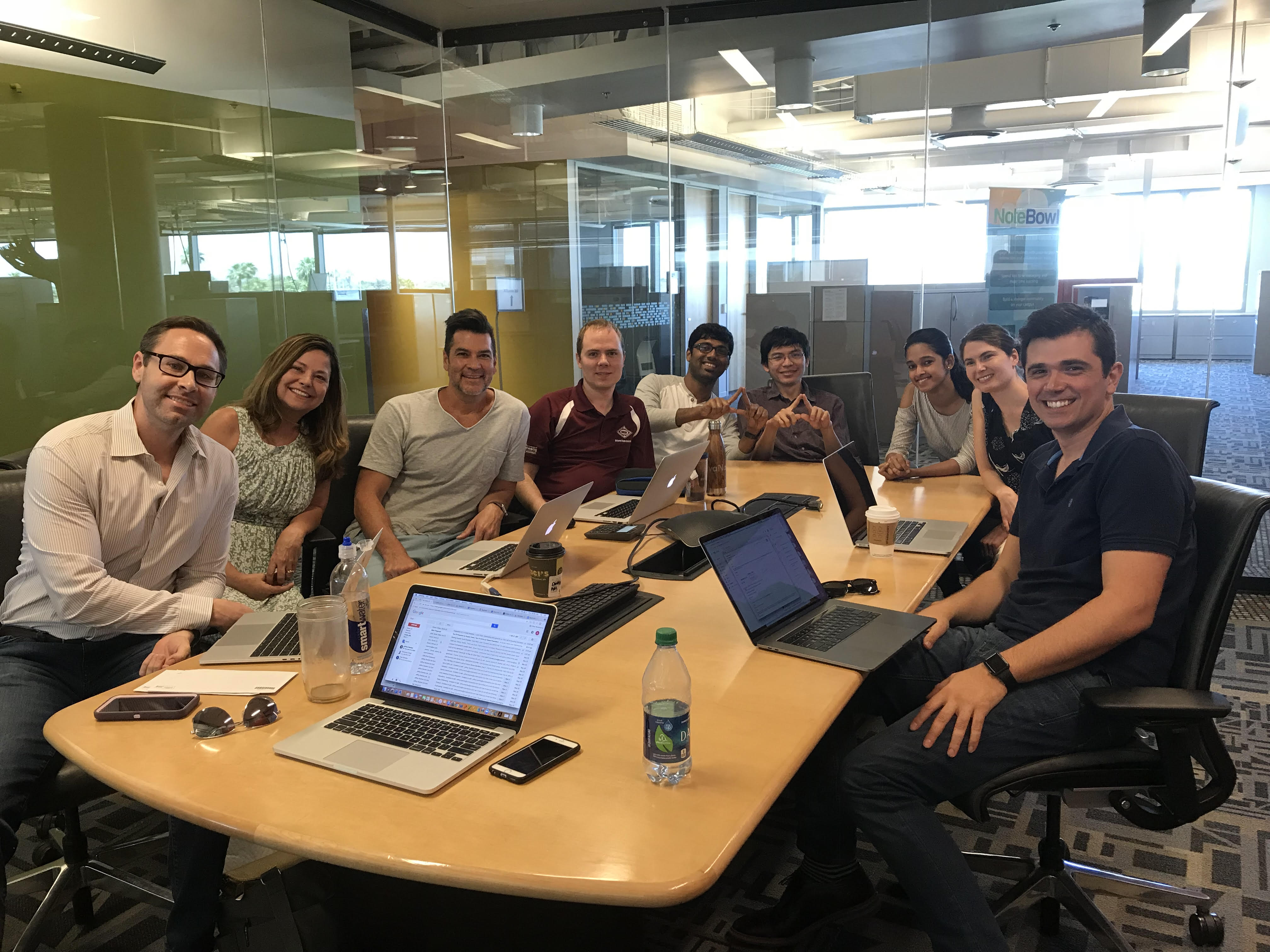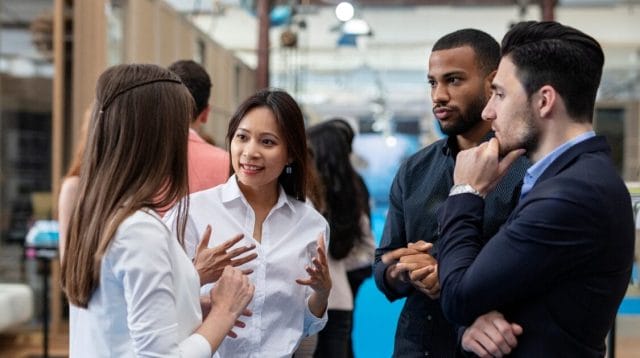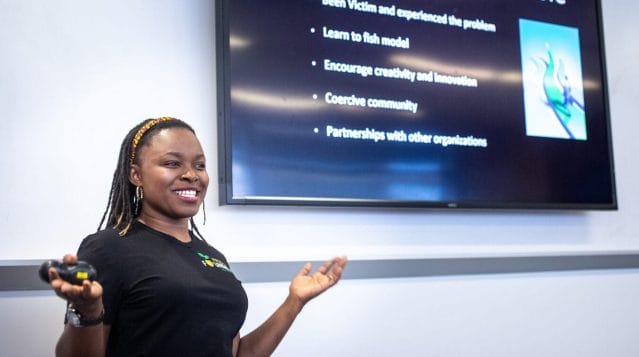An engineer, a speech scientist and a head of innovation at a capital market company could change the way that doctors track and diagnose some of the most devastating neurological diseases. Aural Analytics brings together Visar Berisha, an electrical engineer; Julie Liss, a speech scientist; and their business mentor, Daniel Jones, former head of innovation at C.B. Capital Partners, Inc. in pursuit of a way to detect changes in neurological health through speech.
Berisha and Liss began their collaboration in 2013 when Berisha joined ASU. Berisha holds a PhD in Electrical Engineering and has joint appointments in Ira A. Fulton Schools of Engineering and the College of Health Solutions. Liss is an Associate Dean of the College of Health Solutions and holds her PhD in Speech and Hearing Science.
Both Bershia and Liss recognized the need and value of automating speech analysis for clinical applications. The neural circuitry that allows us to talk is extremely complex. This means that speech is vulnerable to change as the function of the brain and other systems that support speech begin to work differently. “We actually know a great deal about how speech changes with many diseases, and our technology can be applied broadly,” Liss says.
Their analytics are designed to capture changes in the way speech sounds, as well changes in the words used to express ideas. This combination allows them to address diverse conditions, including Alzheimer's disease, Parkinson’s disease, Huntington’s diseases, multiple sclerosis, cerebellar ataxia, amyotrophic lateral sclerosis (ALS), concussions, chronic traumatic encephalopathy(CTE), schizophrenia and migraines. Liss said the team is currently extending the algorithms to accommodate children’s speech with a grant from NIH to study the speech of children born with a cleft palate.
Aural Analytics draws from their decades of research on neurological diseases, artificial intelligence, neuroscience, speech analytics, speech pathology and mobile software platforms for health monitoring. Their company now builds proprietary metrics that use speech to capture changes in neurological health.
Program Officer Jesus Soriano, from the National Science Foundation encouraged the team to apply for the Small Business Technology Transfer (STTR), a program that provides funding for federal innovation research and requires recipients to collaborate with a research institution for the first two phases of the program. The funding they received from STTR allowed them to commercialize their work.
Berisha and Liss first began working with the Office of Knowledge Enterprise Development (KED) because the STTR grant required them to have a physical business address. KED welcomed the team and through their assistance, they secured the funding from STTR. They joined E+I’s Venture Devils and the National Science Foundation I-Corps program through E+I at ASU. I-Corps assists faculty and researchers in bring their products to market. Through both programs, entrepreneurs are paired with mentors that have been successful in the field. Liss said that the mentors in both programs were integral to their success. Venture Devils paired the team with Venture Mentor and ASU alumnus, Daniel Jones.
Liss says, “Without question, the greatest value of Venture Devils was bringing us Daniel as a mentor. From our first meeting with Daniel, he immediately ‘got it’ and we would not be a real company today without his brilliant mentoring and leadership.”
Jones connected with Berisha and Liss immediately and brought personal experience with neurological diseases, and now serves as the CEO of Aural Analytics.
At his previous job as the head of innovation for C.B. Capital Partners, Inc. in San Francisco, Jones oversaw a team of 45 entrepreneurs in residence, technologists and operators across 12 portfolio companies. He was responsible for strategic partnership ecosphere, innovation portfolio and deal flow, and funding strategy.
“I knew right away that there was something special about Julie, Visar, their team and their idea. The goal of commercializing and growing a company around their research work was very interesting to me from the very first meeting,” says Jones.
The team began working in ASU’s Skysong building shortly after they received the STTR grant, but now they are located in ASU’s Skysong 1951. “Being able to have space at Skysong is not just a huge financial benefit, but it allows us to be part of the larger entrepreneurial culture at ASU,” Liss says.
They are currently working towards U.S. Food and Drug Administration approval in the next 18 months and continue to make progress towards becoming an non-invasive, early-diagnosis tool.
Written by Madison Arnold



